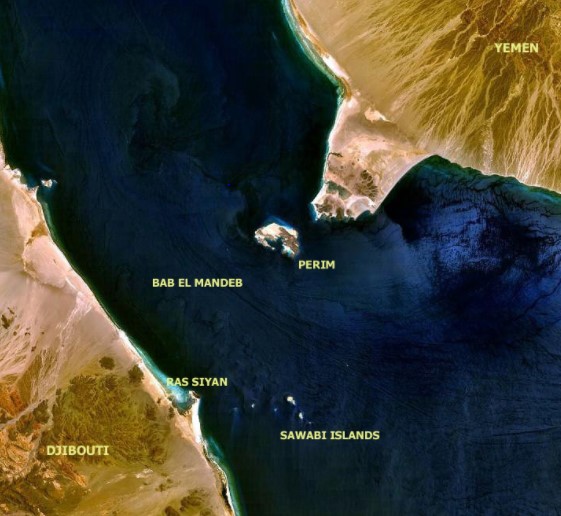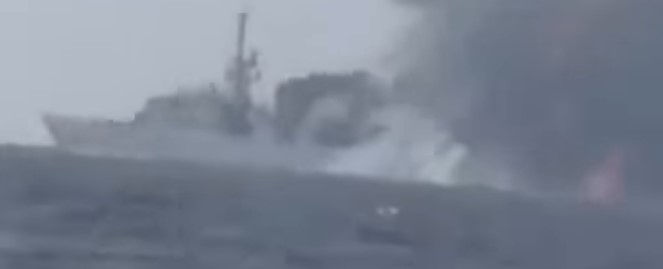
“Among the men who fought on Iwo Jima, uncommon valor was a common virtue.”
-Admiral Chester W. Nimitz-
Seventy-two years ago, Marines stormed the black sand beaches of Iwo Jima. On the morning of February 19, 1945, 1st Lt. John Wells in command of 3rd Platoon, Easy Company, 28th Marines landed on the volcanic island of Iwo Jima. Wells and his Marines would be given the mission of attacking the foothills around the base of a volcanic peak named Mount Suribachi. Lt. Wells had lead his Marines on Guadalcanal and once boasted “Give me 50 Marines not afraid to die and I can take any position.” His Marines swept across the foothills below Mount Suribachi. Wells was severely wounded and unable to walk but still he continued to command his men. He was evacuated to a hospital ship. Lt. Wells would be awarded the Navy Cross for his actions.
The battle for Iwo Jima was one of the bloodiest battles of the war. American casualties were 6,821 killed and 19,217 wounded, while the Japanese casualties were 17,845-18,375 killed or missing and only 216 prisoners captured. “Manila John” Basilone, who won his Medal of Honor for bravery on Guadalcanal would be killed in a mortar attack after he captured a Japanese defensive position on Iwo Jima.
On February 23, 1945, in the early morning hours, 40 Marines from 3rd Platoon under Lt. Harold Schrier were ordered to attack the crater on Mount Suribachi and raise an American flag for all to see. Just the sight of an American flag was inspiring for those fighting the Japanese. After taking their objective, Marines attached a small American flag to a steel pipe and held the flag high. To the Marines who had lost so many brothers the sight of the flag was a symbol of all they were fighting for. To the Japanese on the island, the sight of the flag was a psychological blow and they knew that their homeland was threatened. Of the 40 Marines who assaulted the crater of Mount Suribachi that day, 36 would be killed or wounded on Iwo Jima. The price in American blood was high.
The “iconic flag raising” on Mount Suribachi would be the second flag raising that day. As photographer Joe Rosenthal made his way to the top of Mount Suribachi, he stated “I could see this small flag waving on a very long pole. It gave me a jolt and I get it now. That was our Flag-American Flag.” Rosenthal asked three Marines at the summit what was happening and one of them said “The Colonel down below wants a bigger flag so it can be seen by the troops all over the island.” Rosenthal would snap a picture and hope that it was as he had seen in his viewfinder.
That iconic picture of the flag raising on Iwo Jima would win Joe Rosenthal a Pulitzer Prize. One picture of Americans raising the flag would inspire the nation. Three of the Marines who helped raise the flag, Harlon Block, Franklin Sousley and Michael Stank would all be killed in battle on Iwo Jima. The three surviving flag raisers , Marines Ira Hayes, and Rene Gagnon along with Navy Corpsman John Bradley would all make it off the island. One of those Marines, Sgt. Michael Stank has been described as “the kind of Marine you read about, the kind they make movies about.”
Rosenthal’s iconic photograph would become the inspiration for Felix de Weldon’s 32-foot high sculpture entitled Marine Corps War Memorial. The sculpture replicates the flag raising on Iwo Jima and commemorates all the Marines that have died in battle since 1775. But just as on Iwo Jima that early morning seventy-two years ago, Americans stopped even in the middle of a battle to look upon the flag being raised. Some yelled out hurrahs, others waved their helmets and others fired into the air upon seeing the American flag on Japanese territory.
Flags have played an important part in our history over the years. George Washington asked Betsy Ross to sew the first American flag. Years later, Francis Scott Key inspired by seeing the American flag still flying after the bombardment of Ft. McHenry by the British, that he wrote the Star Spangled Banner. And yet, our national symbol has been burned by protestors and dishonored by sports athletes in recent years. Our great country is not perfect in anyway. However, we allow individuals to protest and seek redress. But to disrespect the symbol of America and those who lost their lives fighting for all that the flag represents is a travesty.
I have unfortunately had to see too many flag draped coffins over the years. Yet, even in death, one of the greatest military honors is to be cloaked with one’s flag. Today, seventy-two years later, one should understand the importance of the flag that even under gunfire Marines raised this American symbol not once but twice for all to see. For after all, it is not only a symbol of America but of our national pride, patriotism and unity of purpose. And we honor those who seventy-two years ago fought and died on Iwo Jima under that flag.












